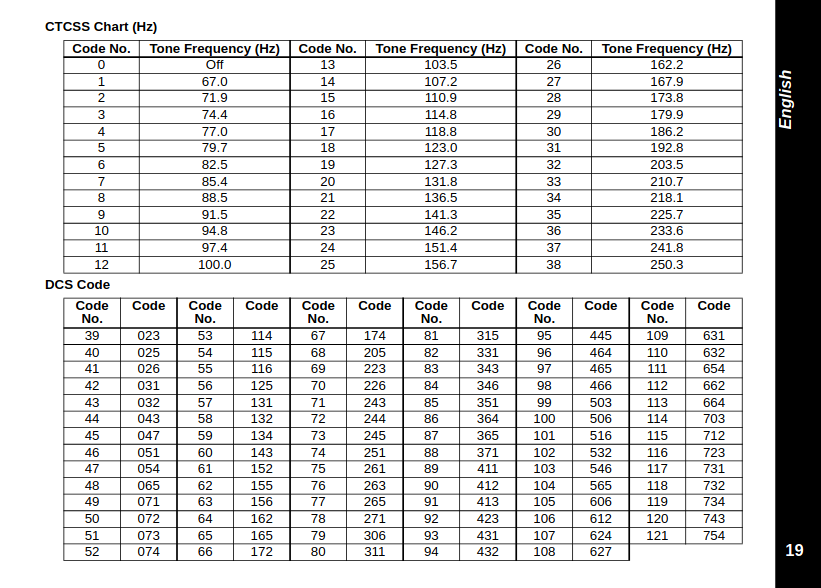PMR446 (Private or Personal Mobile Radio, 446 MHz) is a license-free service and UHF radio frequency for communication in India and the European Union. Sometimes, they are also called license-free walkie-talkies. Though it is license-free, there are some restrictions on power, bandwidth, etc.
Table of Contents
License free
General Statutory Rules – G.S.R. 1047(E) – Use of Low Power and Very Low Power Short Range Radio Frequency Devices (Exemption from Licensing Requirement) Rules, 2018 was published in The Gazette of India, No. 753, PART II—SEC. 3(i), published on 8th October 2018, contains Table V about Personal Mobile Radio 446 MHz device. It exempts the license requirement for portable radio devices of 500 mW e.r.p (effective radiated power), with no base station or repeater use. And that uses an integral antenna.
I have shown the snippet for the Gazette and given link to the rules for your reference. Please get your own legal advice. I am not a lawyer, and this is not legal advice.
![G.S.R. 1047(E) [PART II—SEC. 3(i)] Table V - Personal Mobile Radio at 446 MHz](https://thejeshgn.com/wp-content/uploads/2024/11/GSR1047E-PMR446.png)
Channels
The frequency range allocated is 446 Mhz to 446.2 Mhz. The rules allow channel spacing of 6.25 kHz (Digital) and 12.5 kHz (analog). The frequency range can accommodate 16 analog or 32 digital channels. Below is the channel plan based on that. I am listing only the Analog channels as the most commonly found devices are analog.
| CHANNEL | Analog (12.5 kHz Channel Spacing) |
|---|---|
| CH1 | 446.00625MHz |
| CH2 | 446.01875MHz |
| CH3 | 446.03125MHz |
| CH4 | 446.04375MHz |
| CH5 | 446.05625MHz |
| CH6 | 446.06875MHz |
| CH7 | 446.08125MHz |
| CH8 | 446.09375MHz |
| CH9 | 446.10625MHz |
| CH10 | 446.11875MHz |
| CH11 | 446.13125MHz |
| CH12 | 446.14375MHz |
| CH13 | 446.15625MHz |
| CH14 | 446.16875MHz |
| CH15 | 446.18125MHz |
| CH16 | 446.19375MHz |
Selective Calling
Tone squelch (CTSS or DCS) is used to filter out interference when multiple groups share the same channel. Instead of activating the receiver audio for any signal on the channel, it only activates when the correct selective calling code is present.
This feature is also known as PL (Private Line) tone, CG (Channel Guard) tone, or QC (Quiet Channel) tone, depending on the vendor, but all refer to the same functionality.
However, note that this does not provide actual “privacy” or “encryption.” Anyone can listen to your conversations if they know the code and channel you’re using. It simply helps with efficient channel reuse.
The codes (also called sub-codes) are give below for your reference. They are generally common across the vendors.

